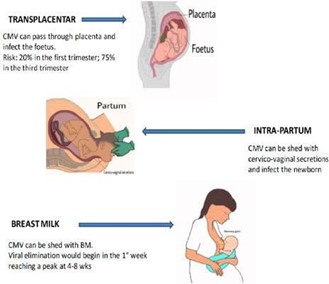A nurse is caring for a client who is at 30 weeks of gestation and receiving magnesium sulfate for preeclampsia. The nurse should recognize which of the following manifestations as an adverse reaction to the medication?
Hypertension
Hypoglycemia
Respiratory rate 16/min
Urine output 20 mL/hr
The Correct Answer is D
A) Hypertension is not typically an adverse reaction to magnesium sulfate; this medication is actually used to lower high blood pressure in preeclampsia.
B) Hypoglycemia is also not a common adverse reaction to magnesium sulfate. This medication does not typically affect blood sugar levels.
C) A respiratory rate of 16/min is within normal limits and is not indicative of an adverse reaction to magnesium sulfate, which can cause respiratory depression if it does affect breathing.
D) Urine output of 20 mL/hr is a concerning sign and can indicate nephrotoxicity or acute kidney injury, which are possible adverse reactions to magnesium sulfate, especially in the context of preeclampsia where kidney function must be closely monitored.
Nursing Test Bank
Naxlex Comprehensive Predictor Exams
Related Questions
Correct Answer is D
Explanation
Cytomegalovirus (CMV) is a common virus that can cause serious health problems in newborns if the mother acquires a primary infection during pregnancy and passes the virus to the developing fetus. CMV can be transmited transplacentally or during delivery through contact with infected body fluids.
Newborns who acquire CMV transplacentally may exhibit a range of symptoms, including jaundice, hepatosplenomegaly, thrombocytopenia, microcephaly, and hearing loss. Of the options listed, only hearing loss is consistent with a congenital CMV infection.
Macrosomia (option a) refers to a condition in which a baby is born larger than average for gestational age. It is not typically associated with a congenital CMV infection.
Cataracts (option b) are a clouding of the lens of the eye and are not typically associated with a congenital CMV infection.
Urinary tract infection (option c) is a possible complication of a congenital CMV infection, but hearing loss is a more common and specific finding.

Correct Answer is A
Explanation
Transmission can occur through bodily fluids, including urine, saliva, blood, breast milk, and cervical secretions. Therefore, pregnant women can acquire CMV by close contact with young children who are shedding the virus, or by exposure to contaminated body fluids in healthcare settings or through sexual activity.

Whether you are a student looking to ace your exams or a practicing nurse seeking to enhance your expertise , our nursing education contents will empower you with the confidence and competence to make a difference in the lives of patients and become a respected leader in the healthcare field.
Visit Naxlex, invest in your future and unlock endless possibilities with our unparalleled nursing education contents today
Report Wrong Answer on the Current Question
Do you disagree with the answer? If yes, what is your expected answer? Explain.
Kindly be descriptive with the issue you are facing.
